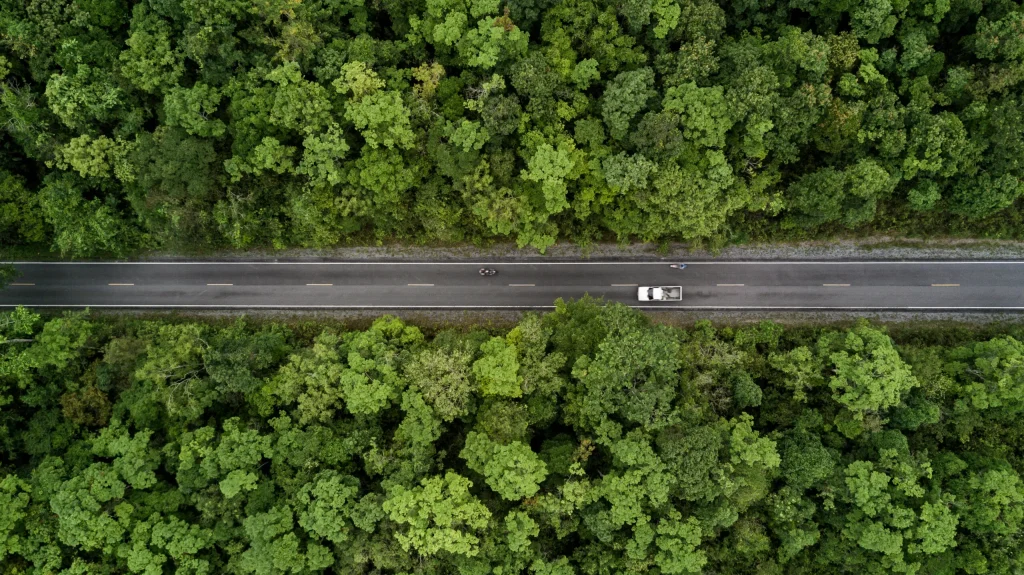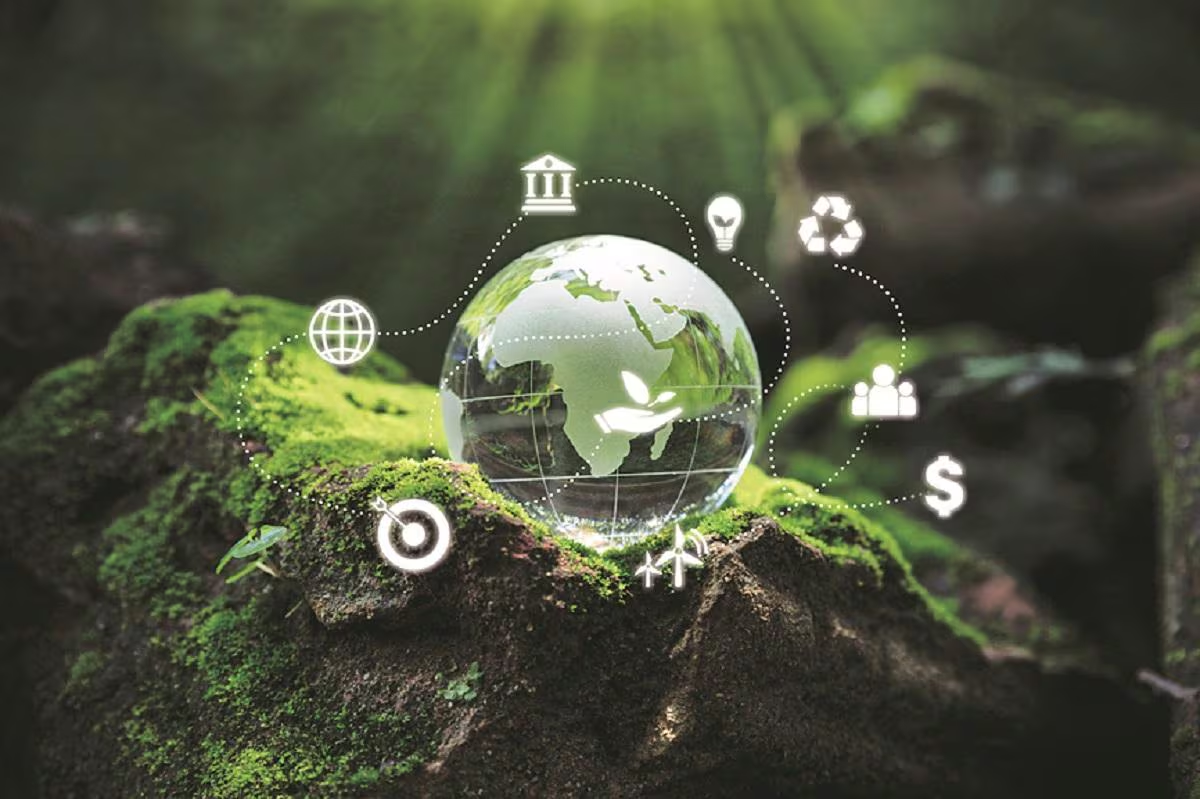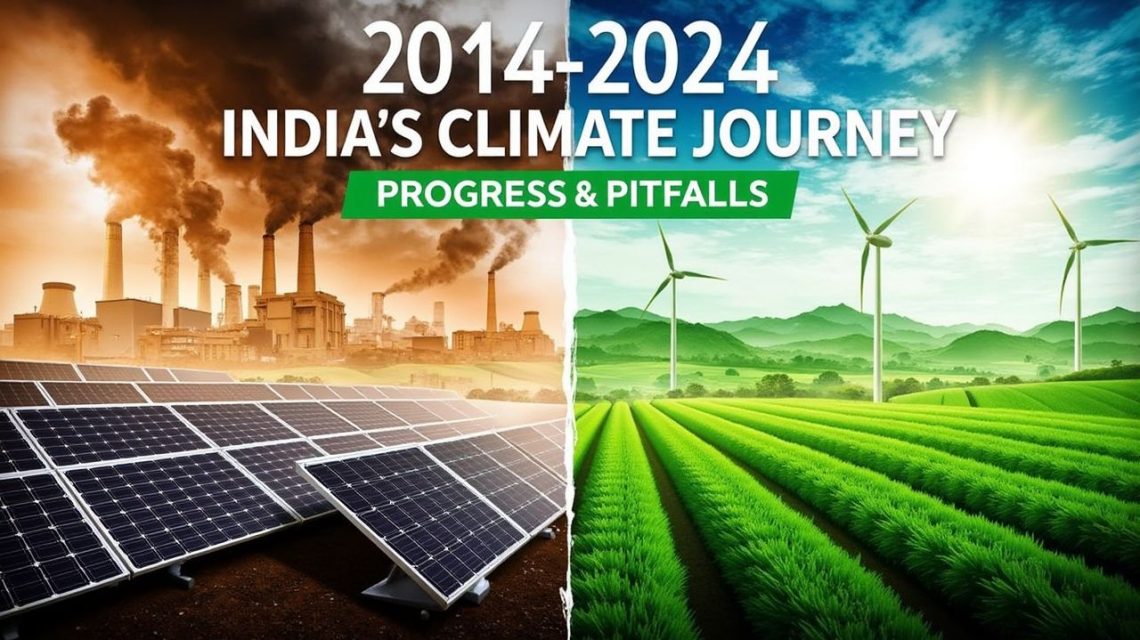India plays a key role in global climate diplomacy due to its large population, fast-growing economy, and vulnerability to climate change. Over the past decade, India has actively participated in international climate forums, balancing national priorities with global commitments while promoting climate justice.
At COP26 in 2021, Prime Minister Narendra Modi announced India’s Panchamrit commitments, including:
✔ Achieving net-zero emissions by 2070
✔ 50% renewable energy capacity by 2030
✔ Reducing carbon intensity by 45% by 2030
During its G20 presidency in 2023, India led discussions on the New Delhi Climate Agenda, which focused on:
✔ Climate finance for developing nations
✔ Sustainable development & Paris Agreement implementation
✔ Green technology & low-carbon infrastructure
India’s climate strategy continues to evolve, balancing economic growth with sustainability goals. Despite facing high climate risks, India is emerging as a global leader in climate action.
First, What is Climate Diplomacy?
Climate diplomacy means talking and working with other countries to solve climate change. It’s about making rules, sharing ideas, and helping each other. For India, this is very important. Why? Because India is a big country with many people. What happens in India affects the whole world.
This Good Steps

Solar Power: India has pushed hard for solar power. Remember when we talked about the sun making electricity? India has built many solar farms.
This is good because solar power is clean. It does not make the air dirty like coal.
India’s International Solar Alliance (ISA) is a big deal. It helps other countries use solar power too. This shows India is a leader Climate Diplomacy.
Promises and Plans: India has made promises to cut down on pollution. It has plans to use more clean energy.
India has said it will try to reach “net-zero” by 2070. This means it will try to balance the amount of pollution it makes with the amount it takes away Climate Diplomacy.
These promises are good. They show India is serious.Focus on the Poor: India has talked a lot about how climate change hurts poor people the most.
This is true. Poor people often live in places where floods and droughts happen. India has asked rich countries to help poor countries deal with climate change.
LIFE Movement: India has pushed “Lifestyle for Environment” (LIFE). This means changing how we live. It means using less stuff, wasting less, and being kind to the Earth.
India says we should all live like this. Climate Diplomacy This is a good idea.
The Hard Parts: India’s Problems

Using Coal: India still uses a lot of coal. Coal makes a lot of pollution. India needs coal to make electricity for its many people. But this is bad for the climate. It’s hard to stop using coal quickly.
Money Problems: Changing to clean energy costs a lot of money. India needs help from rich countries. But rich countries have not given enough money. This makes it hard for India to do everything it wants to do.
Pollution: India has bad air pollution in many cities. Cars, factories, and burning trash make the air dirty. This is bad for people’s health. It’s hard to clean the air quickly Climate Diplomacy.
Growing Fast: India’s population is growing. More people need more things. More things mean more pollution. It’s hard to grow and be clean at the same time.
Climate Change Effects: India is already feeling the effects of climate change. Floods, droughts, and heatwaves are happening more often. These things hurt people and farms. It’s hard to deal with these problems Climate Diplomacy.
Balancing Development: India wants to grow its economy. It wants to make life better for its people. But growing fast often means more pollution. India has to find a way to grow without hurting the Earth. This is a big challenge Climate Diplomacy.
International Pressure: Many countries want India to do more. They want India to cut down on pollution faster. But India says it needs time. It says rich countries should do more because they made more pollution in the past. This causes arguments.
Implementation Challenges: Even with good plans, putting them into action is difficult. There are often roadblocks in terms of bureaucracy and lack of local level support.
What Does It All Mean?

India’s climate journey is a mix of good and bad. It has made progress in some areas, but it still faces many problems.
India is Important: India is a big player in climate talks. What India does matters to the whole world.
Balance is Key: India has to balance growing its economy with protecting the Earth. This is not easy.
Help is Needed: India needs help from rich countries. It needs money and technology to make the change to clean energy.



Good!
Wonderful!
SUPER!
WONDERFUL!